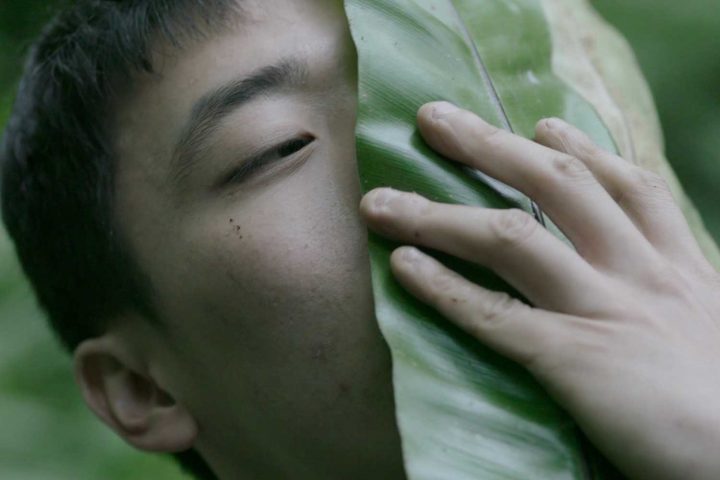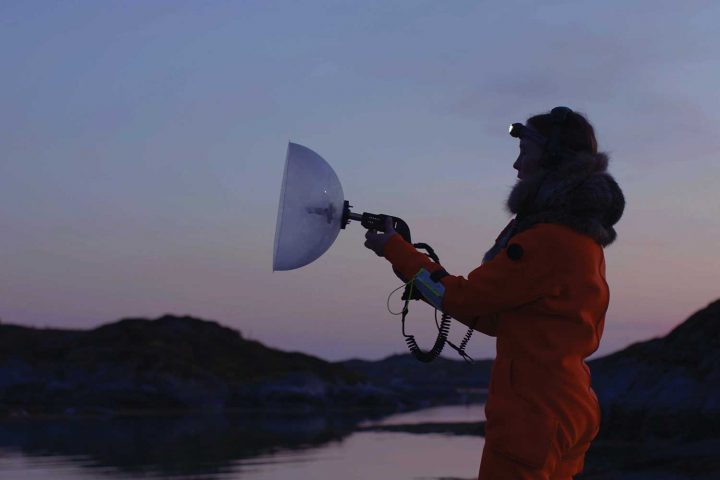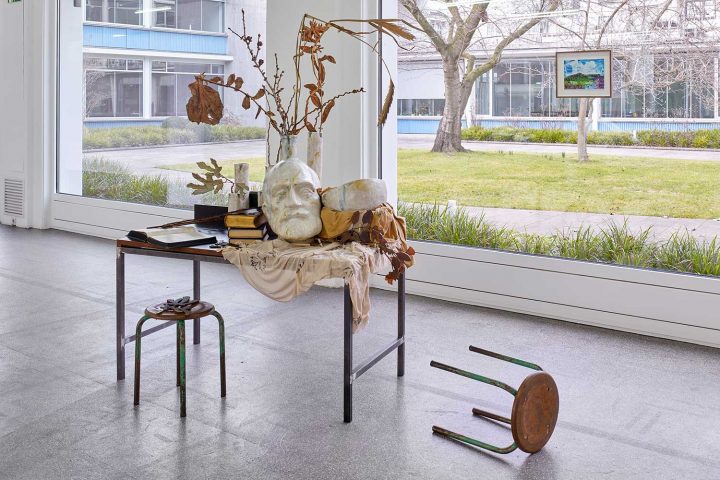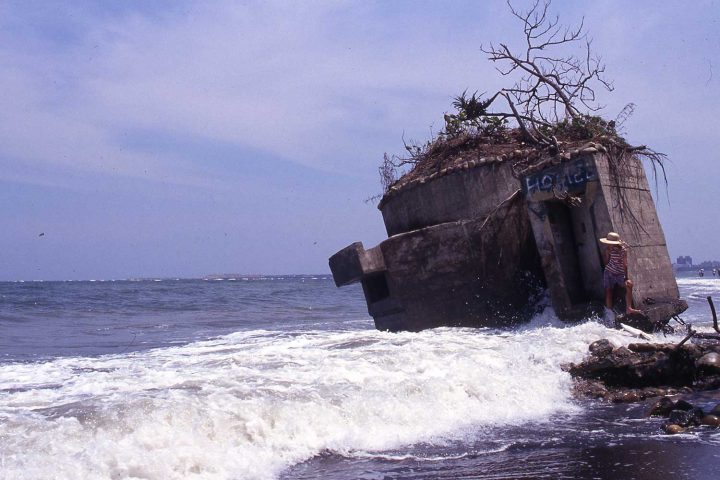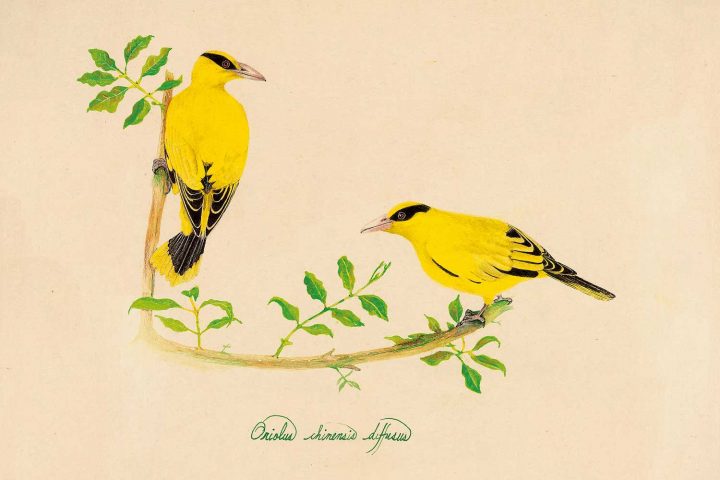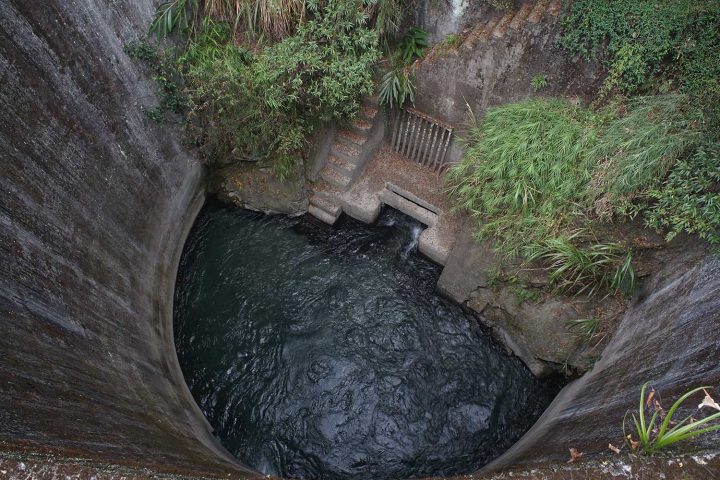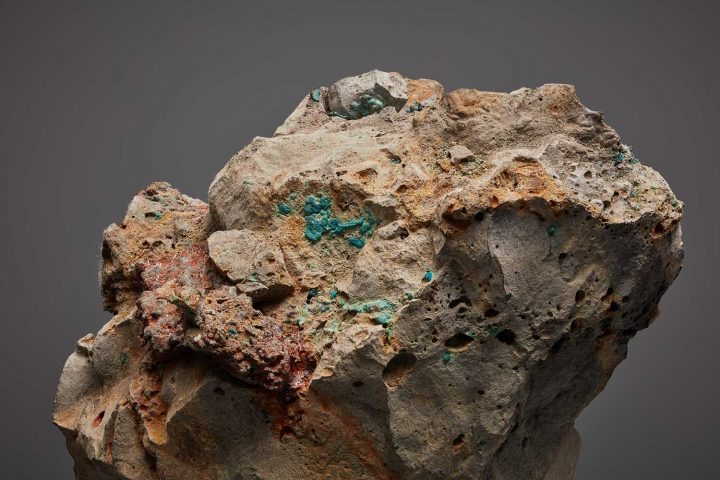Spearheaded by what is essentially a collaborative duo, Italian curator Francesco Manacorda and Taiwanese artist Mali Wu, the eleventh edition of the Taipei Biennial opened this past November in the newly remodeled Taipei Fine Arts Museum. As the country’s leading contemporary art institutions, TFAM has appointed curators and artists for the Taiwan Pavilion of the Venice Biennale since 1995, and specializes in the intermingling of a wide array of ecosystemic productions within and beyond the field of art.
Wu, whose practice engages with environmental issues, emphasizes how much socioecological concerns have grown to become the focus of the 23.5 million habitants of the island, as the referendum of November 24, which raised urgent questions regarding energy policy, would attest. With the idea of the museum model functioning as an ecosystem, the biennial is articulated around four interdependent pillars: post-nature, post-human, post-colonial, and post-museum. Manacorda draws attention to interconnection with an intricate arrangement of artistic patterns and diverse forms of production: the biennial gathers forty-two entities as various as documentary filmmakers, visual artists, researchers, activists, and NGOs involved with ecological concerns and social justice.
Using the museum hub as a physical interface mimicking the arborescence of a neuronal network, Wu and Manacorda’s biennial offers a fragile balance of cross-disciplinary perceptions: constantly informative but often uneven in their awkward dialogue with each other. There’s an abundance of documentary films unfortunately dwelling on the respective complexities of their subject matter, while works by more traditional gallery or museum artists acquire a status that seems to limit their reception to aesthetic criteria.
The dichotomy between such fundamentally different practices is nonetheless successful with visual practitioners whose majestic artistry manages to blend the poetical into the political. Chinese artist Zheng Bo’s short film series “Pteridophilia” (2016–18) realizes the impossible conjunction of narrative elements of Taiwan’s endemic botany as a metaphorical history of social movements in a glossy, semi-pornographic language format that tickles the senses. The trance induced by Swiss artist Julian Charrière’s stunning techno-tropicalist film An Invitation to Disappear (2016) mirrors the consequences of the largest volcanic eruption ever recorded with the large-scale manmade devastations of rainforests habitats resulting from twenty-first-century palm oil cultivation.
One challenge remains predominant in the mind of the viewer of “Post-Nature”: while the overall idea of a wider representation of practices within a cultural institution is an interesting challenge, one is kept wondering what has is the true nature of an artwork and what are the social responsibilities it should encompass.

